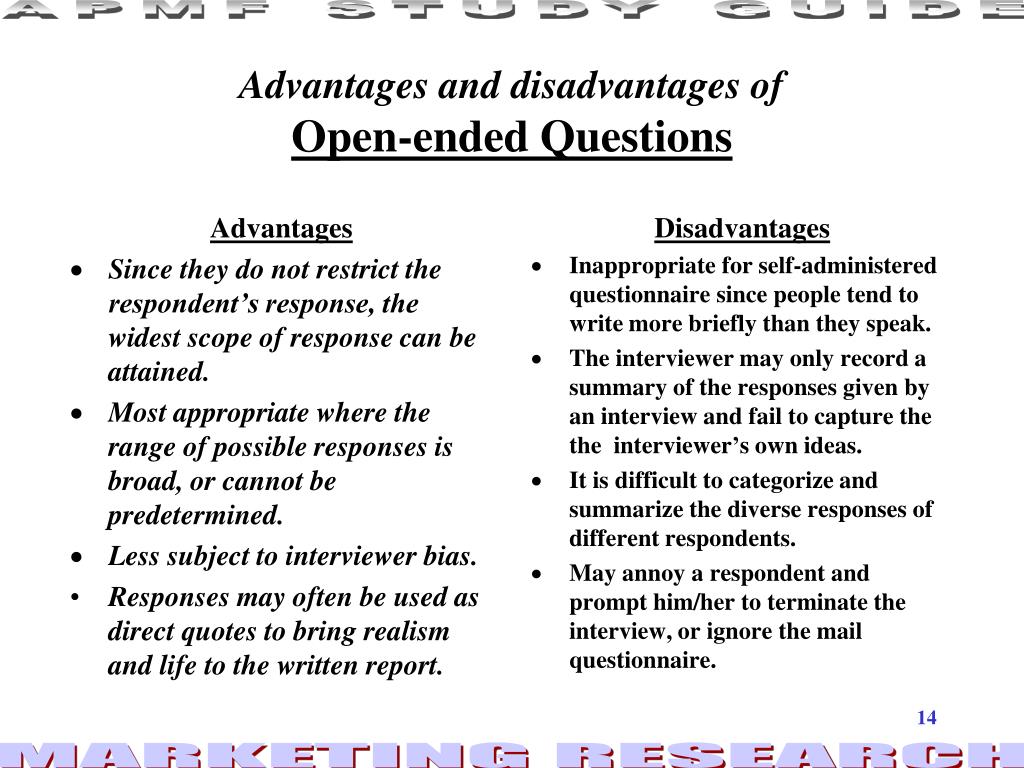

After all, in experimental research and quasi-experimental research, researchers often conduct a pre-test, followed by a post-test. It is common in quantitative research for successive measurements to be taken. These participant changes can create error that reduces the reliability (i.e., consistency or stability) of measurements. It depends on the nature of the measurement (e.g., focus/attention affects reaction times, hunger/tiredness leads to reduced physical/mental performance, etc.). Whilst this potential for change is generally reduced if the time between measurements is short, this is not necessarily the case.

Participant changesīetween measurements, it is also possible for research participants to change in some way. However, it should be noted that ensuring that individuals are measured in the same way each time (i.e., with the same/identical environmental conditions), without any environmental change, is an ideal. For example, even two closely timed measurements may be affected by environmental conditions/variables (e.g., light, day, time, temperature, etc.). These changes in the environment make it impossible to ensure that the same individual is measured in the same way (i.e., under identical conditions). Environmental changesĭuring the time between measurements (e.g., recording time on a stopwatch), there may be small environmental changes that influence the measurements being taken, creating error. This becomes a greater problem as the number of researchers (observers) increases and/or the number of measurements increases (e.g., 10 people using stopwatches, making 100 time measurements). Human error (or human differences) is also a factor (e.g., the reaction time to start the watch). Even when a measurement process is considered to be precise (e.g., a stopwatch), your judgement will often be involved in the use of the measurement (e.g., when to start and stop the stopwatch). This is known as researcher (or observer) error. During this measurement process, as the researcher, you can introduce error when carrying our measurements. There are many situations during the dissertation process where you are responsible for taking measurements.

Some of the sources of error in your dissertation may include: researcher (or observer) error, environmental changes and participant changes. After all, the instability or inconsistency in the measurement you are using comes from such error. Threats to reliability are those factors that cause (or are sources of) error.


 0 kommentar(er)
0 kommentar(er)
